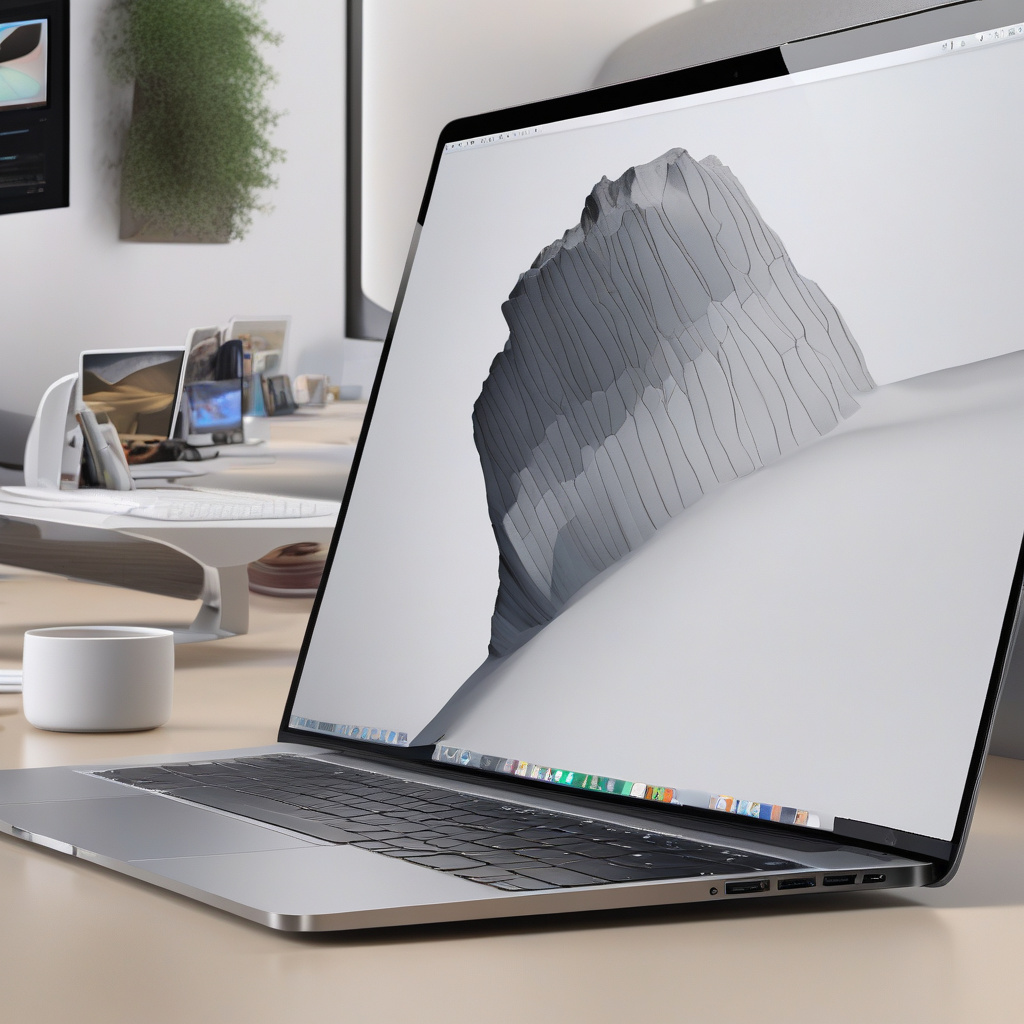macOS Tahoe: Is the Touch Bar Losing Touch with Apple?
In the realm of MacBook Pro users, the Touch Bar has long been a distinctive feature, offering a dynamic interface that adapts to various tasks. However, the recent macOS Tahoe update has sparked concerns among users as reports surface about the Touch Bar malfunctioning post-update. While some users managed to resolve the issue with a simple restart, others had to resort to more technical solutions, like using Terminal commands.
Apple introduced the Touch Bar as a revolutionary concept almost a decade ago, touting its ability to enhance user interaction by replacing traditional function keys with a customizable touch display. Despite initial excitement, the Touch Bar failed to gain widespread adoption, leading Apple to phase it out gradually. The latest hiccup with macOS Tahoe further signals a disconnect between the software update and the Touch Bar feature.
The Touch Bar’s current woes highlight several potential reasons for its diminishing relevance. First, it raises questions about the feature’s development trajectory, suggesting that Apple might have deprioritized it or shifted focus to other innovations. Secondly, the widespread nature of the issue implies a lapse in testing procedures, indicating a possible oversight in quality assurance.
Moreover, the decline in Touch Bar support could be attributed to the evolving landscape of Apple’s ecosystem, with newer technologies like Siri, Shortcuts, and Apple Intelligence offering similar functionalities. This shift in priorities underscores a broader trend within Apple’s strategy, where legacy features like the Touch Bar are overshadowed by more advanced capabilities.
For MacBook Pro users who valued the Touch Bar as a key selling point, the recent issues may lead to disappointment and frustration. Investing in premium Apple products comes with the expectation of longevity and functionality, especially for flagship features like the Touch Bar. However, the current situation hints at a gradual phasing out of the Touch Bar, signaling its eventual deprecation.
Looking ahead, the future of the Touch Bar remains uncertain. While potential reimaginations, such as integrating it as an app for other Apple devices, could offer a new lease on life, the fundamental question remains: is it worth the effort? As Apple navigates its product roadmap and user preferences, the fate of the Touch Bar hangs in the balance, awaiting a decision that aligns with the company’s vision and customer expectations.
In conclusion, the Touch Bar’s compatibility issues with macOS Tahoe serve as a poignant reminder of Apple’s shifting priorities and the challenges of maintaining legacy features in a rapidly evolving technological landscape. As users adapt to these changes, the fate of the Touch Bar serves as a microcosm of broader industry trends, where innovation and usability intersect in the quest for seamless user experiences.

